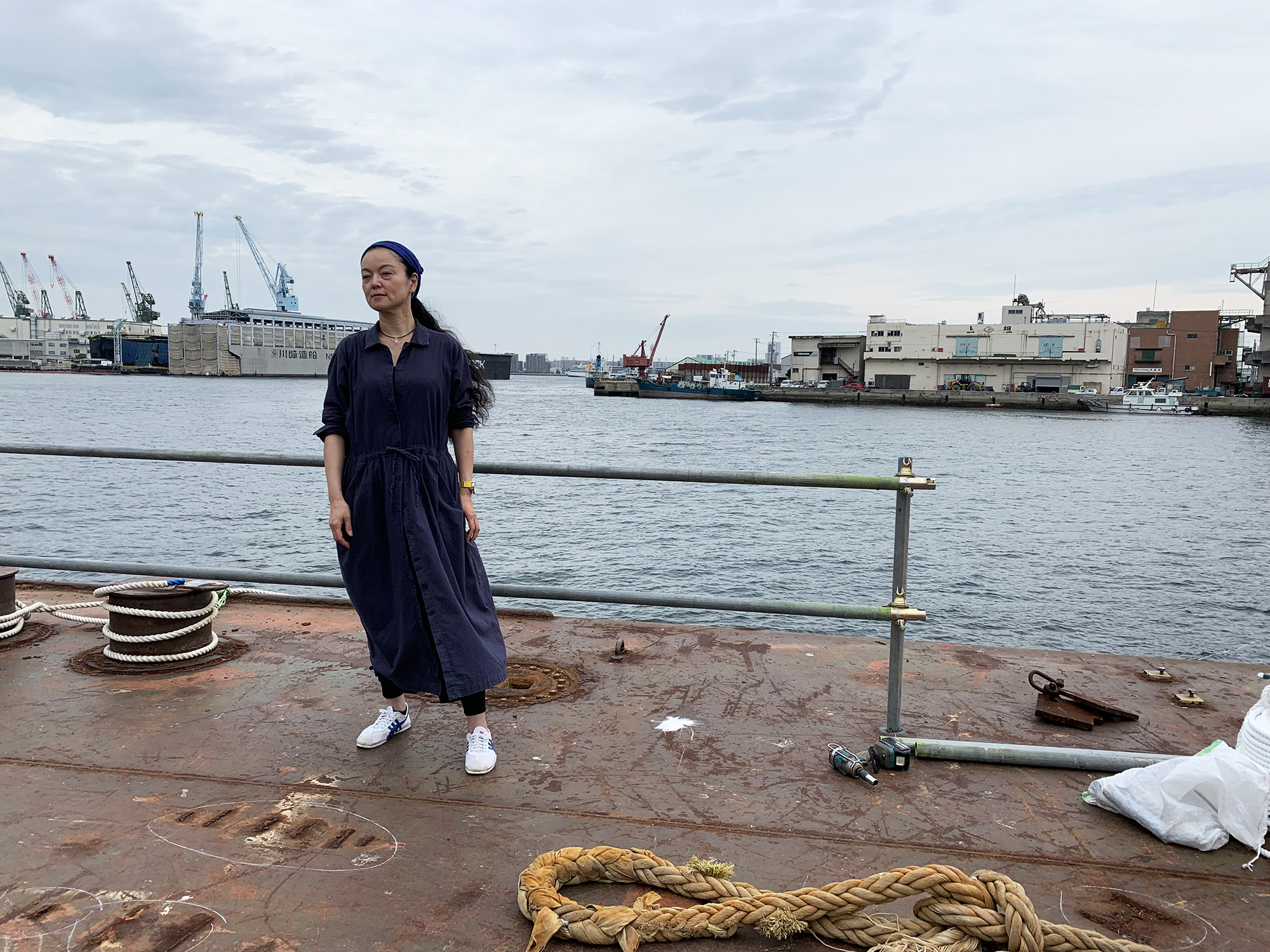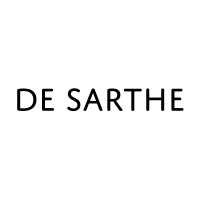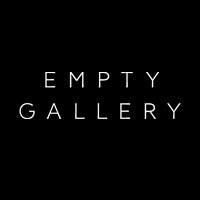Art Project Kobe 2019: “TRANS-”
By Pamela Wong

In Kobe Central Wholesale Market, one of the oldest Japanese markets where fresh food is unloaded directly from ships, MIWA YANAGI turned a 50-meter-long iron platform into a stage. Adapted from Kenji Nakagami
As one of the earliest hubs first for foreign trade and subsequently for industrialization in Japan, Kobe has long been considered a highly developed cosmopolitan city. Over the past few decades, however, the decline of heavy industries as well as the devastating 1995 Great Hanshin Earthquake have resulted in losses to both the city’s population and vitality. Art Project Kobe 2019, titled “TRANS-” and curated by Sumi Hayashi, asked German artist Gregor Schneider and Kobe-born photographer and stage director Miwa Yanagi to engage with and reinterpret the city’s rich history through a series of site-specific interventions.
Whereas Yanagi’s contributions consisted solely of a three-day program of performances at Kobe’s wholesale market next to the harbor front, Schneider’s newly commissioned installations made up the main, longer-running portion of the project. These works were spread across ten venues (Schneider suggested a route) in the west side of the city, a historic district crowded with old, often deserted, industrial buildings and facilities. Transforming sites including an abandoned hostel, former research institute, and underground passage into disturbing, post-apocalyptic scenes, Schneider led visitors to reconsider the function of these non-places in the urban environment after the extinction of human civilization.
Departing from the spectacle of international art festivals, Art Project Kobe was deliberately small-scale. The duo-exhibition format enabled each artist to engage in depth with the project’s concept, although it would have been intriguing to see more collaboration between Schneider and Yanagi, as well as more balance in their contributions. Traveling to the different spots also presented a logistical challenge, especially for first-time visitors in Kobe. Two of the venues were private properties with secret addresses; one had to make an appointment before visiting the houses, which precluded the fun of stumbling upon them. Nevertheless, “TRANS-” vividly revitalized these various sites, not only recalling the past of the city, but also speculating on its post-industrial, even post-human, future.

GREGOR SCHNEIDER

At JR Kobe Metro Station, Doppelg

The former Hyogo Prefectural Institute of Public Health and Consumer Sciences was transformed into an immersive installation titled Vanished Reality. After entering through the aged iron doors, visitors had to walk downstairs into an eerie, dimly-lit basement to wait for the elevator.

The fifth floor of the Hyogo Prefectural Institute of Public Health and Consumer Sciences had been almost completely repainted white by Schneider. Walking down the empty and unnaturally quiet corridors felt disorienting, as it was difficult to tell where to go and which doors were locked.

A laboratory on the sixth floor of the Hyogo Prefectural Institute of Public Health and Consumer Sciences, reimagined by Schneider as being frozen at the moment of the Great Hanshin Earthquake in 1995: drawers were open, wires and tubes lay on the ground, and the whiteboard was half-hanging on the wall. With few traces of human existence left in the room, this recreated scene presented a facet of the

In Metro Kobe, Schneider created Conditioning, a 100-meter-plus tunnel with doors leading to identical

Screened at Kobe Art Village Center, Schneider

An awkward moment in Self-Consuming Action Deprivation, in which viewers break into a private house to discover a woman showering.

On the second floor of the house, a young man lay on the tatami, seemingly asleep. The assorted garbage, juice boxes, and manga and anime figures that filled up his entire room implied that he was a hikikomori, or young recluse.

Walking up the steep staircase to a subdivided flat in the second house, one encountered another possible den of a pachinko-obsessed hikikomori. In Ecstasy, the pink aluminum foil that covered the whole room shimmered with lights reflected from the 14 pachinko machines in the corner. On the computer desk was an ashtray full of cigarette butts.

The Dark Side of Dwelling featured remnants of life at the now-abandoned Hyogo Hostel. Schneider had painted the interiors matte black. The only light source was the green

Visitors observed daily necessities and electrical appliances, including a fridge and a rice cooker, at the Hyogo Hostel, once home to low-paid male workers in the district. The bottles of sake on the bunk beds hinted at the hardships faced by industrial workers.

Performers for Doppelganger at the tenth station perform in this Japanese-style room. Schneider had deliberately recruited twins to participate in this project.

As visitors walked around Kobe’s Marugo Ichiba Market, the last stop, they could use a mobile app to discover the 3D avatars generated at the first stop. These avatars will uncannily outlive the real people on which they are based.
Pamela Wong is ArtAsiaPacific’s assistant editor.








